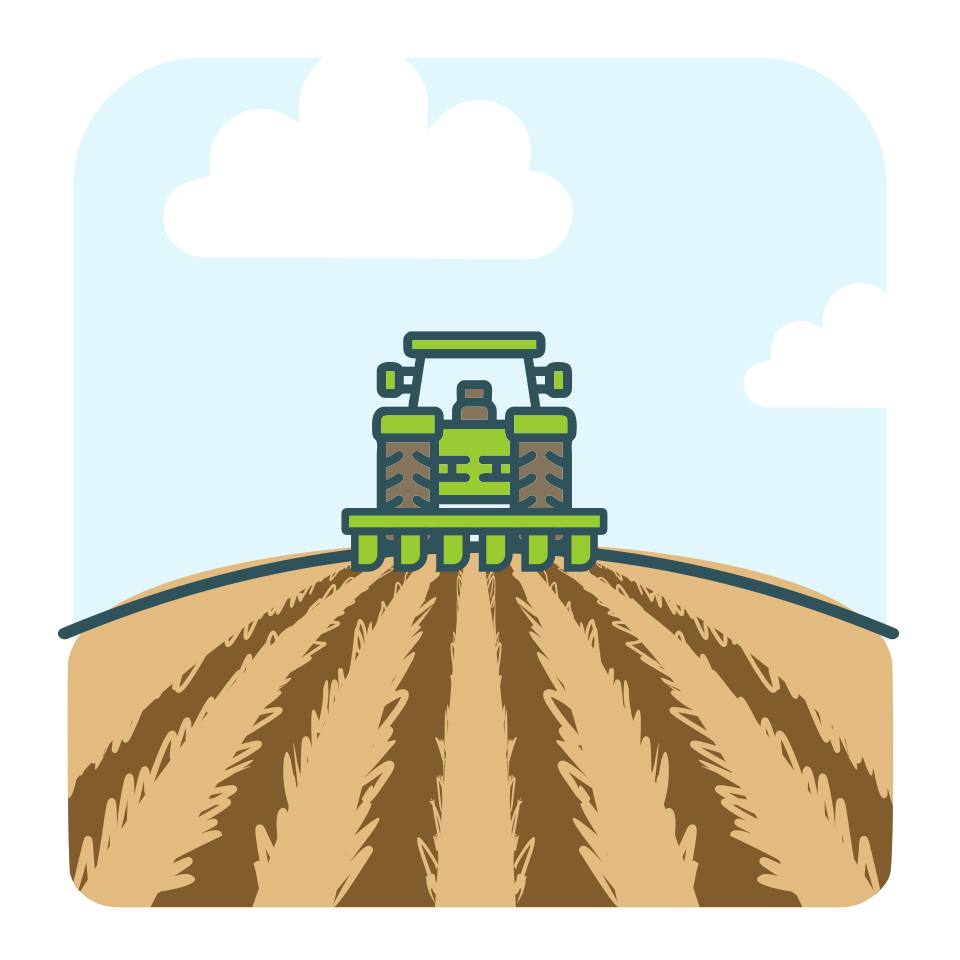Second principle: Minimising impact on the soil

Soil structure is formed through physical, chemical and biological processes. As a result, bonds are formed that hold the soil particles together. This process is called soil aggregation. The different arrangement of the aggregates leads to the formation of pores of different sizes, creating channels for air and water movement in the soil. This in turn affects the bulk density, aeration, air and water permeability and water retention capacity of the soil. Soil shifts are biological, chemical and physical shifts.

For example, with overgrazing, plants are limited in their ability to store carbon dioxide and sunlight. Understandably, the lack of vegetation cover leads to a reduction in soil strength and underground biomass.
Physical disturbance is a consequence of tillage.
Tillage leads to a reduction and removal of the pore space, which limits infiltration and destroys the biological bonds. This in turn leads to water erosion, wind erosion, stagnant water, crust formation and depletion of soil organic matter.

Excessive use of man-made chemicals can lead to changes in soil pH and an increase in pests and diseases.
Minimising soil exposure (disturbance) is a good start to restoring soil aggregates, pore space, the biological ‘glue’ that creates and holds the aggregates, and soil organic matter.
This article is based on information kindly provided by the laboratory Ward Laboratories, Inc.
Write to us
and we will find an opportunity
for cooperation


